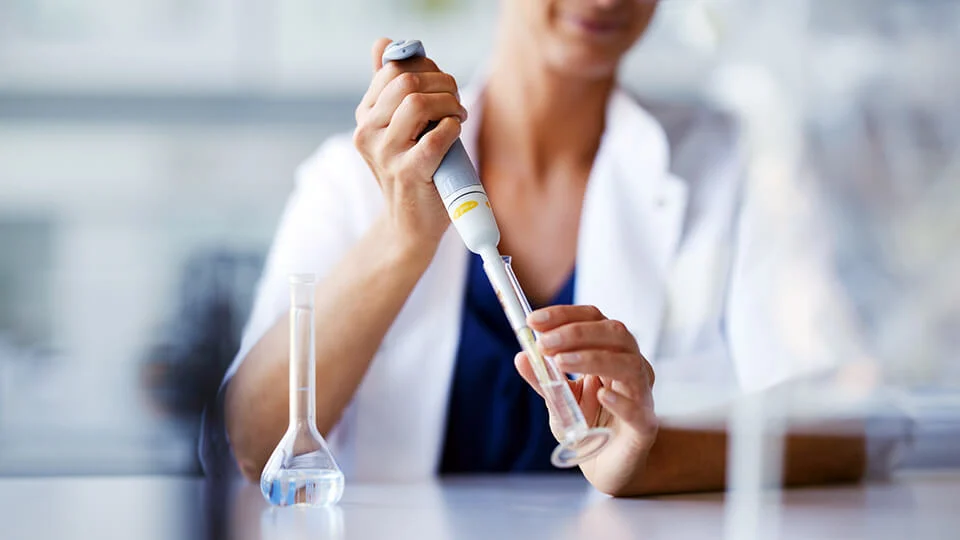Five Ways Toxicology Laboratories Can Leverage Analytics in a LIMS
As reimbursements tighten and costs increase, toxicology laboratories face a difficult choice: finding ways to cut costs or exploring new testing areas. Toxicology laboratories have expanded their scope from general toxicology testing to include
In toxicology labs, effective data integration and resource
Here are five ways toxicology laboratories can use LIMS analytics to streamline operations, enhance client satisfaction and drive growth.
1. Historical Result Tracking
Access to a patient’s complete testing history alongside current results is essential, especially for laboratories conducting testing for pain clinics and treatment
2. Turnaround Time Optimization
Optimizing turnaround times is critical, as faster results and the informed decisions they enable can be lifesaving. According to the Centres of Disease Control and Prevention (CDC), 70% of today’s medical decisions rely on laboratory testing results1. Despite this crucial role, some
3. Test and Medication Usage Statistics
Analytics can reveal insights into test usage patterns. If a particular test is no longer being
4. Positivity Rates
For toxicology labs, understanding positivity rates among specific client bases can be invaluable. Laboratories can track if there are a common set of drugs that are coming up as positive for their clinics, giving their clients a clearer picture of trends and risks within their population.
Additionally, laboratories accredited with SAMHSA (Substance Abuse and Mental Health Services Administration) are required to report counts of negative, presumptive positive and confirmed positive results. A LIMS can streamline this process, helping to reduce manual data entry errors, time-consuming paperwork and an elevated risk of non-compliance. Implementing a LIMS not only allows users to efficiently
5. Chain of Custody Tracking
For certain types of toxicology testing, particularly those that could be used in criminal proceedings, it is important to track the chain of custody of samples received. For high volume laboratories processing tens of thousands of samples daily, it is critical to track each step a sample takes from collection through processing. The LIMS can accurately document the custody trail, meeting regulatory standards and enhancing accountability.
The Reporting and Configurability You Need for Growth
Operational analytics from a LIMS like the Clinisys™ Toxicology Laboratory guide laboratories toward peak efficiency, while also ensuring flexibility. The reporting capabilities of a LIMS can vary significantly, and configurable reports are essential for laboratories to meet diverse client needs.
A laboratory’s reputation rises or falls on the level of reporting it provides to its clients. Yet not all LIMS can provide the robust reporting capabilities required. The Clinisys™ Toxicology Laboratory LIMS solution offers the configurability needed to manage businesses effectively while also meeting customer demand. With
Clinisys™ Toxicology Laboratory also supports horizontal scaling, making it easy for laboratories to add new testing lines or adjust configurations without complex coding or manual interventions. This flexibility ensures that as laboratories expand, their LIMS evolves with them, supporting growth with configurable queries to fit the lab’s needs.
If you have ambitious growth plans but are uncertain about whether your LIMS can grow with you, let’s have a conversation.
Related Content

Maximize Output; Minimize Costs: Value Based LIMS for Modern Toxicology Laboratories
Laboratories must navigate a number of challenges to running a successful operation – regulatory compliance, data security and privacy, workforce shortages, low reimbursement rates, to name a few – but what’s likely keeping most toxicology lab operators up at night is how to keep operating costs low all while maintaining high growth opportunities. Here’s why…

Three ways to successfully scale your toxicology laboratory
The global toxicology laboratory testing market is booming. In fact, it’s projected to top the $17bn mark1 by 2027. Capitalizing on the returns this growth can potentially deliver, relies on future-ready capabilities that can easily adapt to changing demands and expectations…